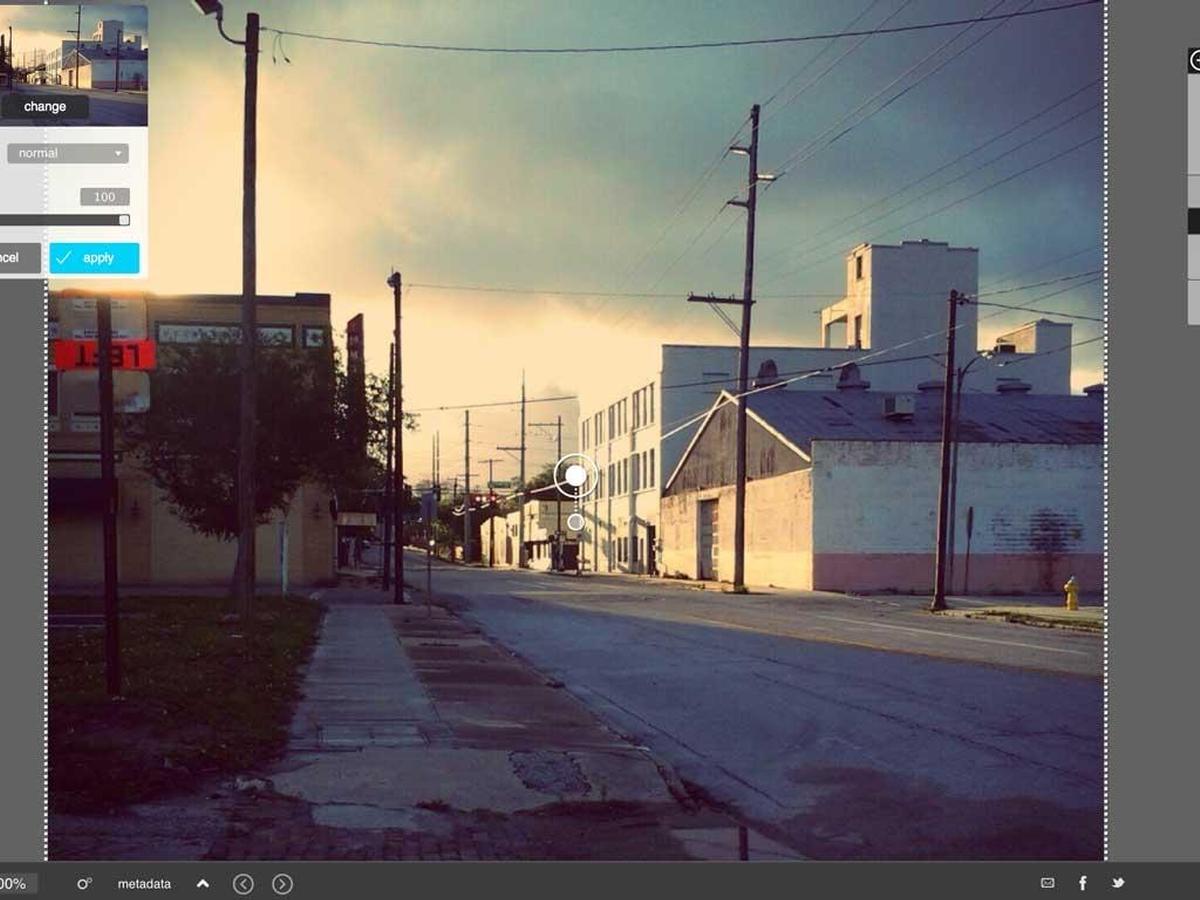Getting ready for your first remote video conference is a big step. Odds are that you have participated in videoconferences previously, but have not had to go about setting up your own conference space. There are some tips and tricks to making your area look its best, with attractive lighting, and reliable sound features. Freelancers and remote workers may feel disadvantaged at not having a room at hand, but working from your own space or a shared workspace gives you some options that your more corporate peers might not consider. With Wired magazine reporting 34 million Americans working from home or otherwise “out of office,” video conferencing is becoming as much of a necessity as a broadband connection.
Location, Location, Location
There are several out of office options for locations from which to attend or hold your video conference.
- From your home work area. Advantages include being able to decorate the space in the way you prefer, not having to rent an area, and not having time limits imposed. Disadvantages include lack of space, household noises, and other distractions.
- From co-working spaces and incubators. Advantages include access to conference rooms or meeting spaces and video conferencing equipment on hand. Disadvantages include additional fees, time limits, and office noises.
- From a rented day rate hotel room or conference room. Many hotels are willing to rent out rooms and conference areas during the slow daytime hours. This can be a good option meeting expected to run several hours. Advantages include lack of distractions and noises, the ability to rent a conference room for your team, and some hospitality services. Disadvantages include expenses and travel time.
Naturally, working from home might seem ideal, but those with kids, roommates, and/or pets, or even a noisy location may want to consider other options so that you’re not holding your remote conference in the bathroom. While you might feel tempted to conference from your local coffee house or restaurant, you’re still going to have noises and distractions that can derail you and distract from your focus on the meeting.
Get the Gear
Unless you have a co-working space with a video conferencing system like BlueJeans on hand, you’re going to have to put together a kit of your own either in your home workspace or to take with you to your co-working location.
- Download a video conferencing application such as BlueJeans to your device.
- A webcam clipped to the top of your laptop or computer, or the camera on your tablet or smartphone is not going to cut it. For an optimum face-to-face angle, Fast Company recommends using a tripod mounted camera
- If you have the space, placing your camera in the middle of two displays keeps the camera from showing up in the middle of the picture.
- Most workspaces have only overhead lighting which creates shadows around the eyes and glare from eyeglasses. If you create your own lighting setup, use cool daylight corrected lighting either with LED or florescent bulbs, to create a continuous face-level ring of light. Think about how news shows light their talking heads, and you’ll have the right idea.
- You can use a headset both for listening and for speaking, but Bluetooth or USB microphones and speakers deliver better sound both when speaking and listening. Podcast how-to’s offer some great tips on affordable portable equipment that delivers the quality you want.
Be a Team Player
Create a checklist of things to do before the meeting goes live. This assures that everything is running smoothly and that you can participate without distractions.
- Do a sound and video check ahead of time to make sure that participants can see and hear you.
- Be prepared, with your documents and presentations already uploaded and ready to go.
- Mute your mic when not speaking.
- Identify yourself before you speak, and then address your questions to a specific person.
- Dress appropriately. Don’t wear “news anchor” from the waist up and go “dudebro” in cargo shorts and Chacos from the waist down.
Finally, do a follow-up after the meeting to make sure that you’re moving in the right direction when it comes to completing your actionables. As a remote worker, you have to be much more proactive with follow-up and follow-through than in-office staff.
Build Up
It takes time and capital to build your own video meeting suite, but there are lots of resources for great equipment and even photo or video studio how-to blogs out there. You don’t have to go for broke to look great, but you do have to look prepared and professional. In a short amount of time, you can have a good, portable suite to take with you in something as small as a carry-on bag.

















